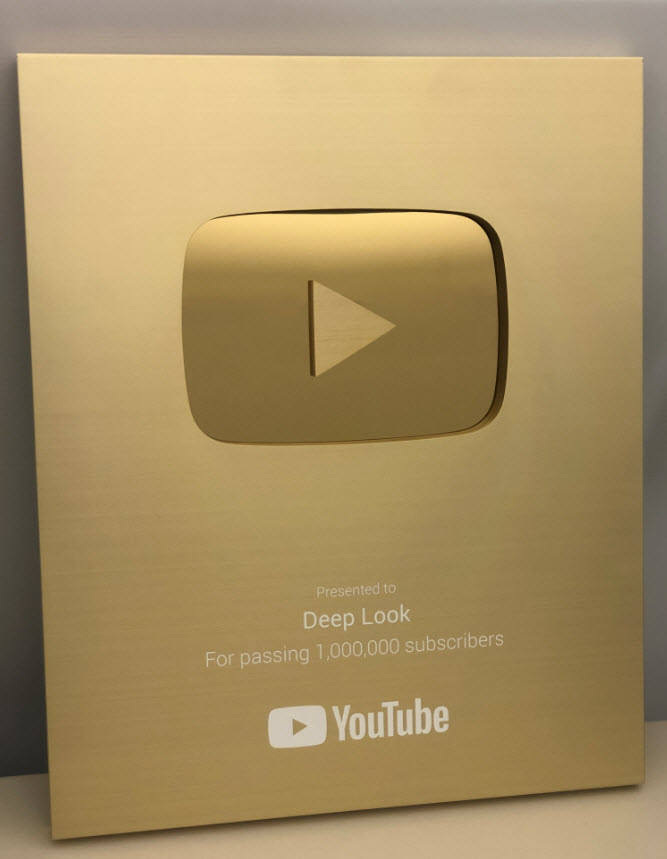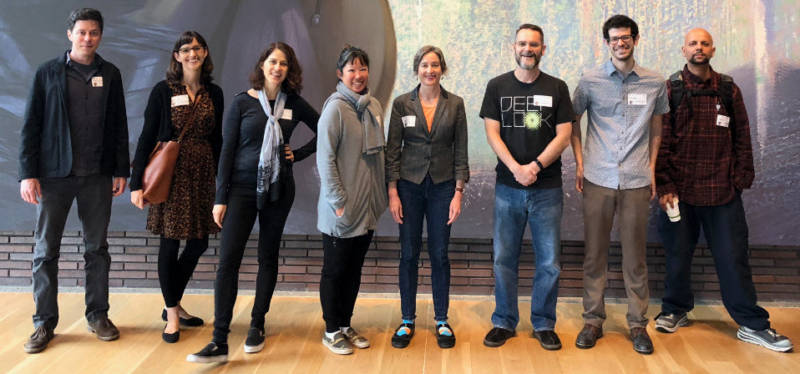San Francisco, CA, June 12, 2019 – KQED’s award-winning nature series Deep Look has crossed the prestigious one million subscribers mark on YouTube, earning it a coveted gold play button. The series has built its popularity exploring big science concepts by going very small, combining the cinematic tradition of PBS nature documentaries with the short, personal, question-driven style of popular YouTube shows.

"Deep Look is the first station-produced PBS Digital Studios series to hit one million subscribers, and the PBSDS team and I are thrilled. The series has earned its spot as one of the best science series online with its combination of incredible macro footage and memorable stories from some of the smallest (and sometimes weirdest) corners of the natural world. Deep Look is a great example of what happens when PBS stations combine their storytelling and production skills with an engaging digital-first approach. We are proud to have KQED’s Deep Look in the PBS Digital Studios family, and can’t wait to see where the show goes next,” says Adam Dylewski, PBS Digital Studios’ director of programming.
“From our first video about the pygmy sea horse’s incredible camouflage to our latest video about the fearsome wormlion and its sandy pit, Deep Look reveals and shares the wonder of nature just beyond the edge of our visible world,” says Craig Rosa, Deep Look’s series producer. “We truly love making these episodes, but it’s so incredible that the series has resonated with so many viewers across the globe. We want to thank our subscribers and fans who got us to this wonderful milestone.”
Deep Look’s unique three-to-five minute episodes are shot in ultra-HD (4K), using macro cinematography and video microscopy and are released approximately twice a month. Deep Look was originally created to reach a millennial audience on YouTube and it has achieved this goal. Seventy percent of Deep Look viewers are aged 18-34, much younger than the traditional PBS primetime viewer whose average age is over 65. Since the series launched in October 2014 in collaboration with PBS Digital Studios, it has produced over 90 episodes receiving more than 100 million views overall and will be releasing its 100th episode this September.
“Filming wildlife is always unpredictable. Animals are usually on their own schedule and we have to work hard to capture their often tiny but amazing behaviors. A big part of that is working with scientists to figure out what we can film,” says Josh Cassidy, Deep Look’s lead producer and cinematographer, who also came up with the original concept for the series. “Besides our fans, we also want to thank all of the researchers we’ve worked with over the years for giving us access to their labs and research. We’d never be able to tell so many different types of stories without their expertise.”
